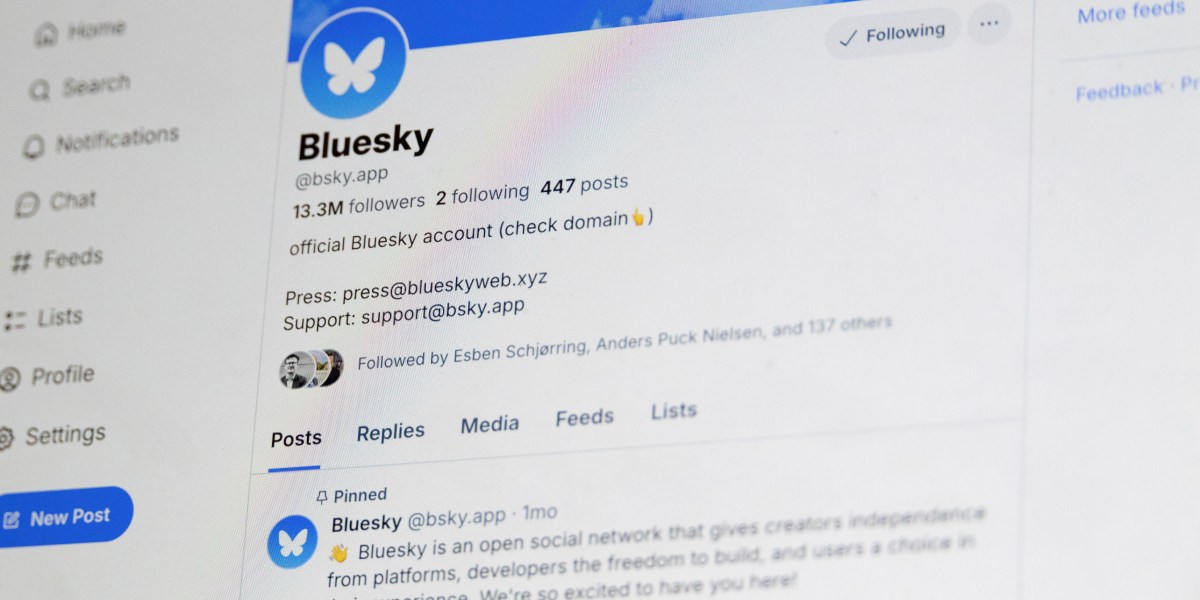—Eli Pariser & Deepti Doshi
Last week, when Mark Zuckerberg announced Meta would be ending third-party fact-checking, it was a shocking pivot, but not exactly surprising. It’s just the latest example of a billionaire flip-flop affecting our social lives on the internet.
Zuckerberg isn’t the only social media CEO careening all over the road: Elon Musk, since buying Twitter in 2022 and touting free speech as “the bedrock of a functioning democracy,” has suspended journalists, restored tens of thousands of banned users, brought back political advertising, and weakened verification and harassment policies.
Unfortunately, these capricious billionaires can do whatever they want because of an ownership model that privileges singular, centralized control in exchange for shareholder returns. The internet doesn’t need to be like this. But as luck would have it, a new way is emerging just in time. Read the full story.
Deciding the fate of “leftover” embryos
Over the past few months, I’ve been working on a piece about IVF embryos. The goal of in vitro fertilization is to create babies via a bit of lab work: Trigger the release of lots of eggs, introduce them to sperm in a lab, transfer one of the resulting embryos into a person’s uterus, and cross your fingers for a healthy pregnancy. Sometimes it doesn’t work. But often it does. For the article, I explored what happens to the healthy embryos that are left over.
These days, responsible IVF clinics will always talk to people about the possibility of having leftover embryos before they begin treatment. But it can be really difficult to make these decisions before you’ve even started treatment, and some people can’t imagine having any left over—or how they might feel about them. Read the full story.
—Jessica Hamzelou




